-
Popular places to visit
Popular things to do
Helpful tips
Here's a few useful links to help with planning your trip to Aotearoa New Zealand.
-

The Hobbit Trilogy was filmed entirely in New Zealand, throughout locations in both the North and South Islands. Find out where to go and what to see to experience Middle‑earth™ for yourself.
Explore the North Island and visit each Hobbit filming location.
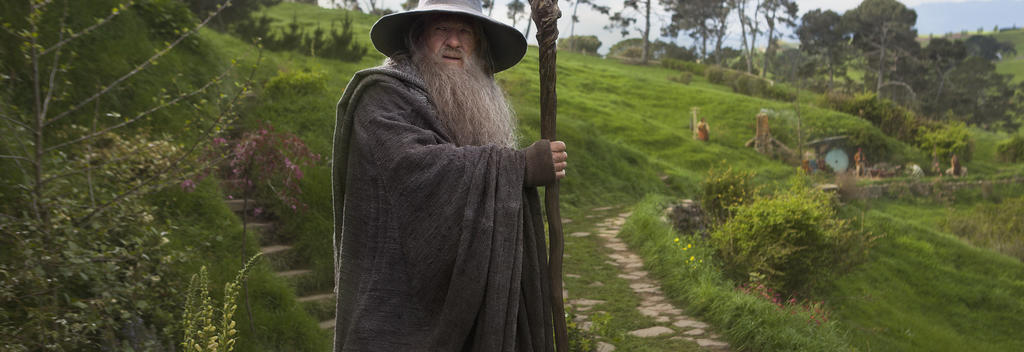

The rolling hills of the Shire were once again brought to life near Matamata, where Hobbiton™ Movie Set(opens in new window) was re-built for The Hobbit Trilogy. Also used in The Lord of the Rings Trilogy, Hobbiton has remained open as an attraction for Middle‑earth™ fans.
Enjoy peering over a Hobbit’s front gate at Bag End, dancing under the party tree or sipping on a beer or sampling the banquet dinner at The Green Dragon Inn. Booking in advance for Hobbiton™ Movie Set is recommended.
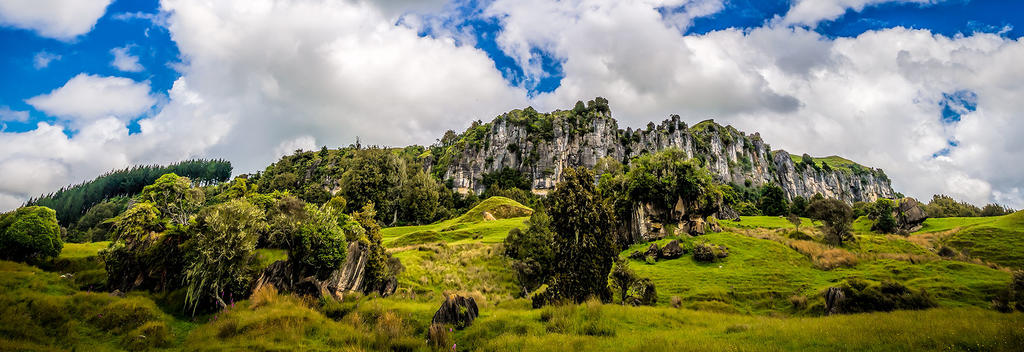

The looming cliffs, unusual limestone rock formations and prehistoric forest at Mangaotaki Rocks in Piopio look as if they have been created especially to form the backdrop for Middle‑earth™.
This area provided the location for Trollshaws Forest and Staddle Farm where a number of scenes from The Hobbit: An Unexpected Journey were shot; including The Company arriving at a destroyed farmhouse, the exit from the Troll Hoard Cave, Gandalf bestowing Sting upon Bilbo, Radagast's arrival and the Gundabad Wargs and Orcs attack.
Experience the exact filming locations for yourself with Hairy Feet Film Location Tours, where you'll join a guided tour and experience the movie-making magic for yourself.


The rocky slopes and grassy tussock of Tūroa in Ruapehu was the setting for Hidden Bay, the entrance to the Lonely Mountain in The Hobbit: The Desolation of Smaug. Turoa is a popular ski field on Mt Ruapehu in the Tongariro National Park. The area is also known for its breathtaking cycling and hiking trails, including The Tongariro Crossing which is considered one of the best one day walks in the world.
The crew filmed here for one day, in which giant scaffolding was built down to the site in order to protect native flora and fauna on the mountain.
Head to the South Island for more Tolkien adventures.


Twizel's alpine magic was captured on-film in both The Hobbit: An Unexpected Journey and The Lord of the Rings Trilogy. Part of the Wargs chase was filmed here and the largest battle scene ever - the Battle of the Pelennor Fields - was set in a remote Twizel field.
Twizel is home to a charming mountain town, and a road trip around the local area will give you a feel for the spectacular scenes that were filmed here.
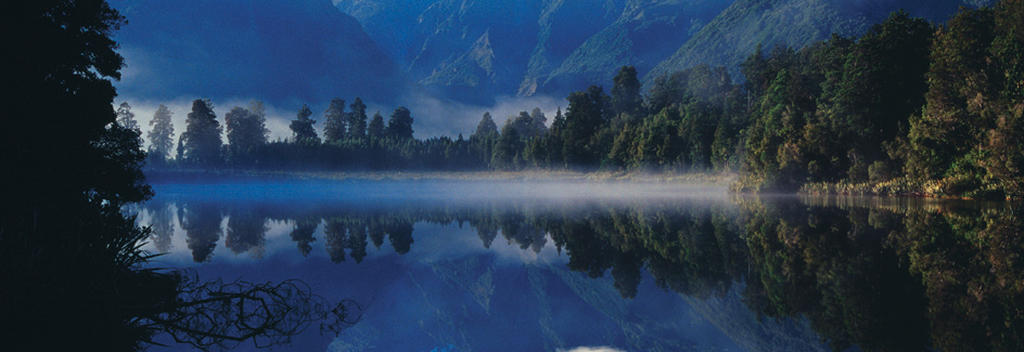

Aoraki / Mount Cook and it's surrounding alpine peaks are used in the backdrop of some of the aerial filming in The Hobbit: An Unexpected Journey. Visit Aoraki Mount Cook National Park for a range of walking tracks and scenic views.
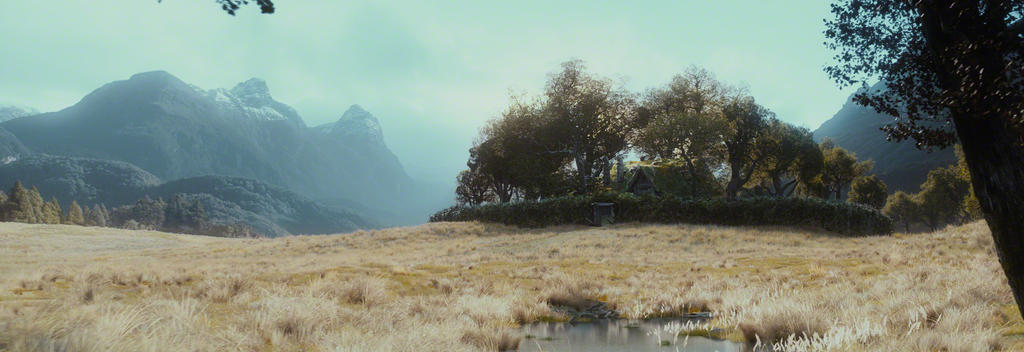

One of the most magical locations in The Hobbit: An Unexpected Journey; Earnslaw Burn is a glacier that has created a number of cascading waterfalls that tumble down a huge rock face. Here, Bilbo and The Company are filmed continuing on their quest after departing Rivendell. The Earnslaw Burn Track(opens in new window) - beginning in Glenorchy - is a challenging 4-hour hike that rewards with spectacular views at the head of the valley over the glacier and beyond.
Passburn was used for the approach to Misty Mountains and Passburn Track on the Mavora Walkway - one section of New Zealand’s national walkway Te Araroa - is open to the public.
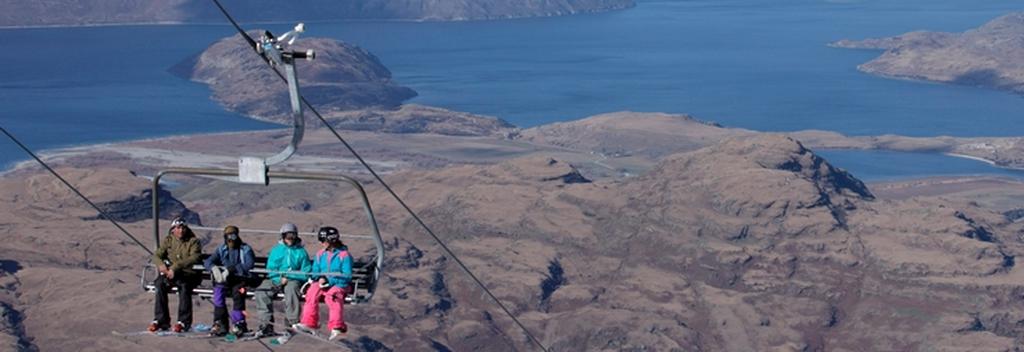

The world-class ski area of Treble Cone was another filming location famous for its off-piste terrain and unrivalled views across Wānaka and the Central Otago region. The skifield is abuzz during winter months and has the longest vertical run in New Zealand’s Southern Alps. Alpine Peaks in the Wānaka region was also described as 'Wild Country' for the first film and provided the backdrop for soaring eagles.
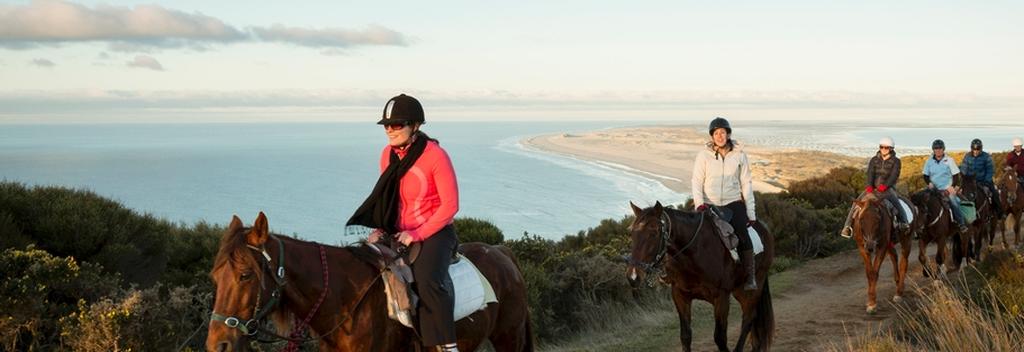

New Zealand’s sunniest region, Nelson Tasman, provided the backdrop for several locations in The Hobbit: An Unexpected Journey. The exact locations were filmed on private property, but visitors can get a good feel for these locations with a horse trek. Ride across neighbouring private farmland to the dramatic cliff drop which offers spectacular coastal views over Golden Bay.


Peter Jackson chose the Pelorus River to film the dwarves in barrels scene that appears in The Hobbit: The Desolation of Smaug. Here, the dwarves were filmed floating in giant barrels down the river. Stephen Hunter, who played dwarf Bombur, called this experience 'his favourite day on set'. You can experience this exact location for yourself with an easy riverside walk, or take a guided kayak tour(opens in new window).


Both The Hobbit and The Lord of the Rings Trilogies used the majestic Fiordland National Park for epic scenic shots. The scene where The Company flees the mountains on the backs of eagles in The Hobbit: An Unexpected Journey was filmed here also. Experience giant fiords and spectacular waterfalls with a helicopter flight(opens in new window) or boat cruise.
The grasslands of Te Anau Downs provided the backdrop for chase scenes, while Mararoa Saddle doubled as the wildlands which Thorin leads the dwarves through.


Stunning Lake Pukaki was chosen as the location for Laketown in The Hobbit: The Desolation of Smaug. Glacial lakes feed into Lake Pukaki giving the water its vibrant blue colour. The lake is also a favourite fishing, walking and cycling spot, while the snowcapped Mt Cook overlooking the lake is busy with skiers during the winter months.
Braemar Station at Lake Pukaki was used in The Hobbit: An Unexpected Journey to portray epic scenic shots, the 'Warg Chase' and approach to Rivendell. The property was also used for the forest slopes of Misty Mountains.